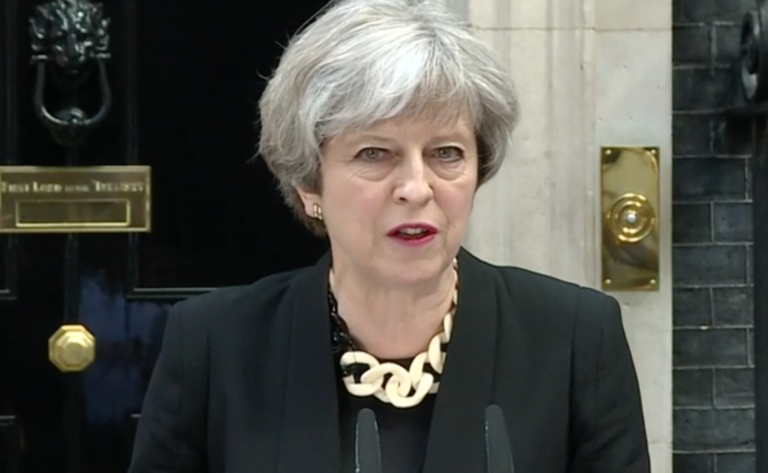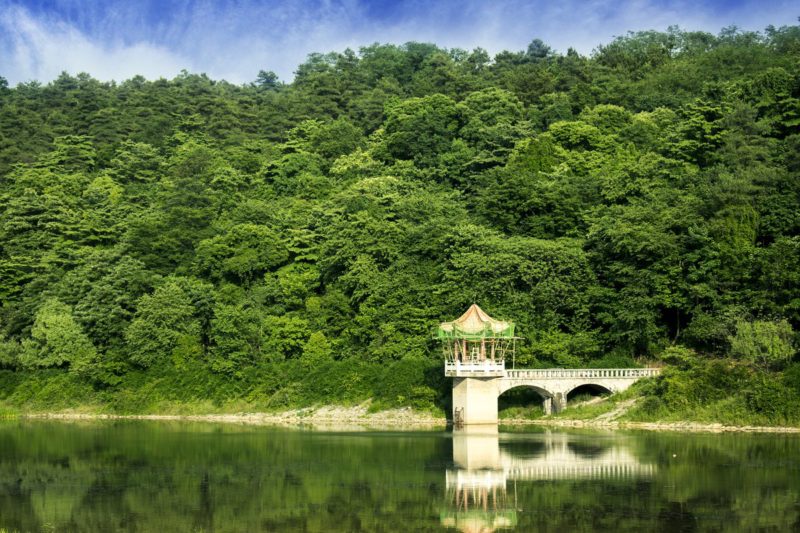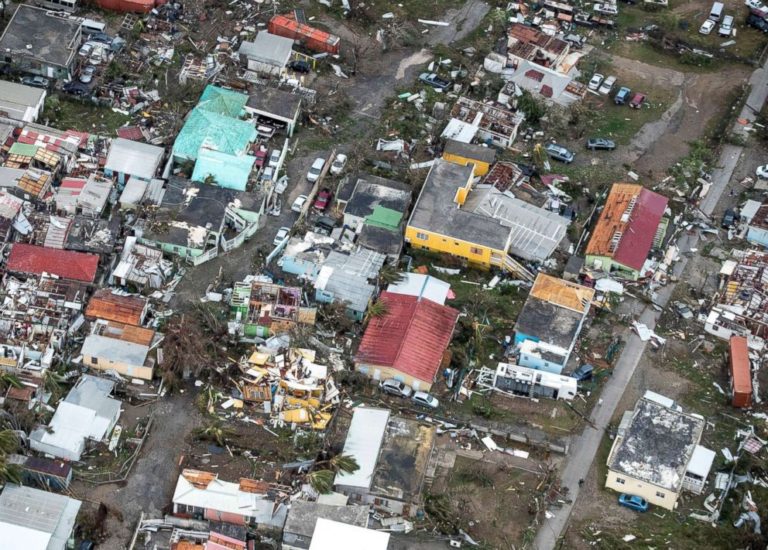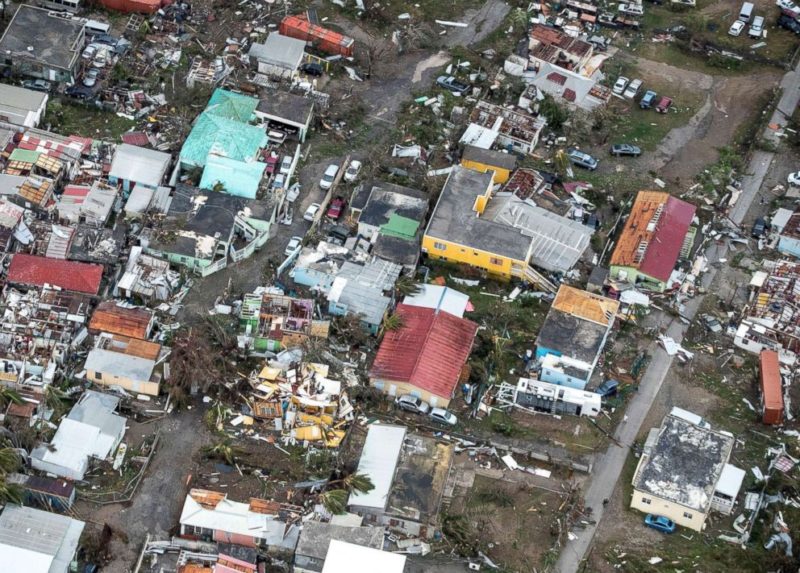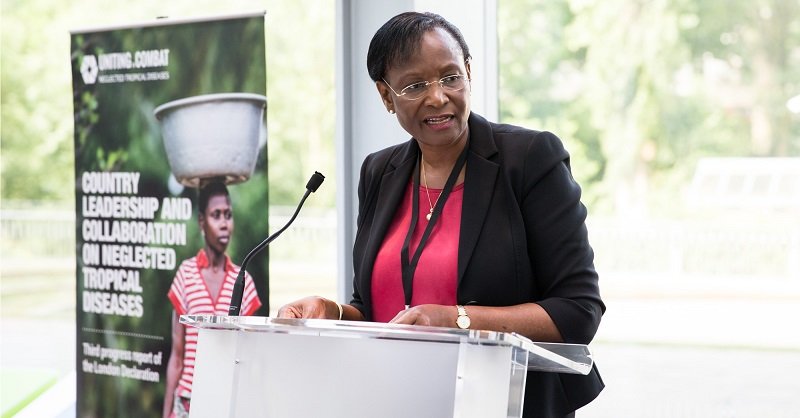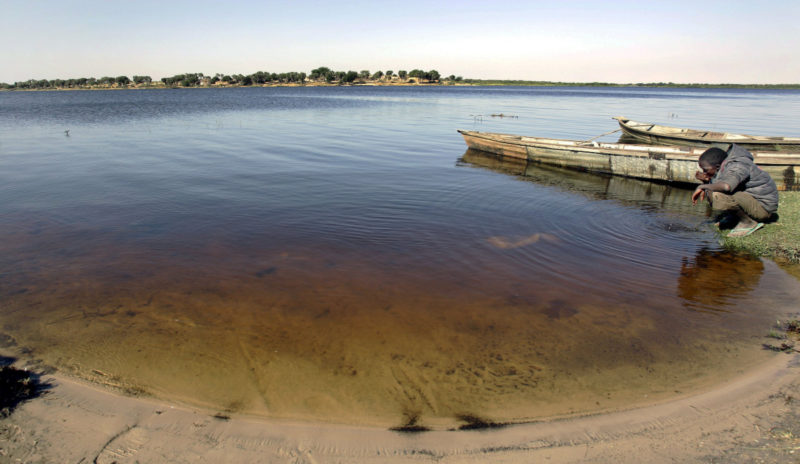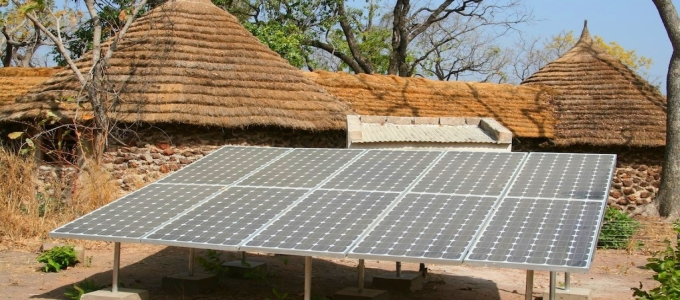The United Kingdom has released an ambitious 25-year environment plan that will, according to Prime Minister Theresa May, ensure that the present generation leaves the environment in a better state than it found it, and pass on to the next generation a natural environment protected and enhanced for the future.
Michael Gove, Secretary of State for Environment, Food and Rural Affairs, says in a summary that the plan outlines ways to reduce the use of plastics that contribute to pollution, create a new a new Northern Forest, lead the fight against climate change, invest to prevent wildlife crime, and pursue a ban on sales of ivory
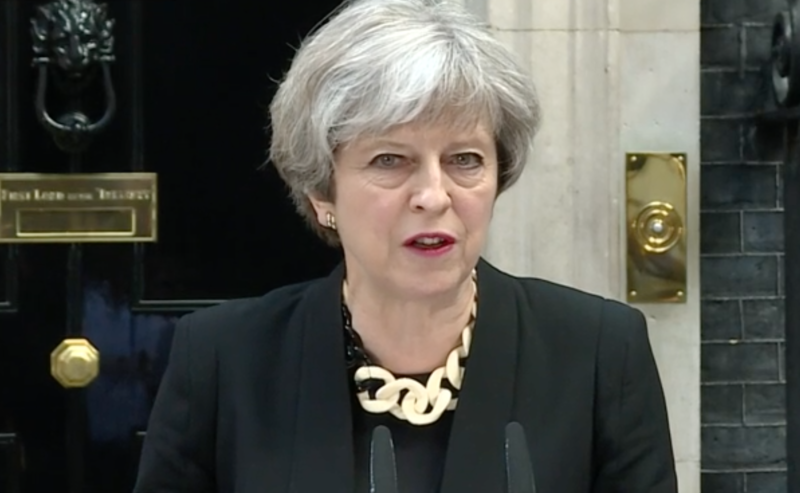
It is this Government’s ambition to leave our environment in a better state than we found it. We have made significant progress but there is much more to be done. The 25 Year Environment Plan that we have published today outlines the steps we propose to take to achieve our ambition.
Environment is – at its roots – another word for nature, for the planet that sustains us, the life on earth that inspires wonder and reverence, the places dear to us we wish to protect and preserve. We value those landscapes and coastlines as goods in themselves, places of beauty which nurture and support all forms of wildlife.
Respecting nature’s intrinsic value, and the value of all life, is critical to our mission. For this reason we safeguard cherished landscapes from economic exploitation, protect the welfare of sentient animals and strive to preserve endangered woodland and plant life, not to mention the greening of our urban environments.
But we also draw from the planet all the raw materials we need to live – food, water, air and energy for growth. So protecting and enhancing the environment, as this Plan lays out, is about more than respecting nature. It is critical if the next generation is to flourish, with abundant natural resources to draw on, that we look after our and their inheritance wisely.
We need to replenish depleted soil, plant trees, support wetlands and peatlands, rid seas and rivers of rubbish, reduce greenhouse gas emissions, cleanse the air of pollutants, develop cleaner, sustainable energy and protect threatened species and habitats.
Previous Governments, here and in other nations, have made welcome strides and driven environmental improvement. Yet as this 25 Year Plan makes clear, there is much more still to do. We must tread more lightly on our planet, using resources more wisely and radically reducing the waste we generate. Waste is choking our oceans and despoiling our landscapes as well as contributing to greenhouse gas emissions and scarring habitats. The success of the 5p plastic bag charge in reducing the use of carrier bags by 85% shows the difference which government action can make, and demonstrates that protecting our environment is a job for each one of us.
The Plan outlines ways to reduce the use of plastics that contribute to pollution, and broader steps to encourage recycling and the more thoughtful use of resources. Over the lifetime of this Plan, we want to eliminate all avoidable plastic waste.
The Government’s Clean Growth Strategy – the sister document to this Environment Plan – sets out how we will deliver the clean, green growth needed to combat global warming.
We will do what is necessary to adapt to the effects of a changing climate, improving the resilience of our infrastructure, housing and natural environment.
Population growth and economic development will mean more demand for housing and this Government is committed to building many more homes. However, we will ensure that we support development and the environment by embedding the principle that new development should result in net environmental gain – with neglected or degraded land returned to health and habitats for wildlife restored or created.
Most of our land is used, however, for agriculture not housing. The new system of support that we will bring in for farmers – true friends of the earth, who recognise that a care for land is crucial to future rural prosperity – will have environmental enhancement at its heart.
We will support farmers to turn over fields to meadows rich in herbs and wildflowers, plant more trees, restore habitats for endangered species, recover soil fertility and attract wildlife back. We will ensure broader landscapes are transformed by connecting habitats into larger corridors for wildlife, as recommended by Sir John Lawton in his official review.
Our plan for a new Northern Forest, to which we are contributing more than £5 million, will be accompanied by a new review of National Parks and Areas of Outstanding Natural Beauty.
Planting more trees provides not just new habitats for wildlife – it also helps reduce carbon dioxide levels and can reduce flood risk.
We will work with nature to protect communities from flooding, slowing rivers and creating and sustaining more wetlands to reduce flood risk and offer valuable habitats.
Beyond our coastlines, we must do more to protect the seas around us and marine wildlife. Leaving the EU means taking back control of the waters around these islands. We will develop a fishing policy that ensures seas return to health and fish stocks are replenished. We will also extend the marine protected areas around our coasts so that these stretches of environmentally precious maritime heritage have the best possible protection.
Internationally, we will lead the fight against climate change, invest to prevent wildlife crime, pursue a ban on sales of ivory, and strengthen partnerships to tackle illegal wildlife trade beyond borders, including investigating the feasibility of an anti-poaching taskforce.
We will underpin all this action with a comprehensive set of environmental principles. To ensure strong governance, we will consult on plans to set up a worldleading environmental watchdog, an independent, statutory body, to hold Government to account for upholding environmental standards.We will regularly update this Plan to reflect the changing nature of the environment.
While this 25 Year Environment Plan relates only to areas for which HMG is responsible, we will continue to work with the devolved administrations on our shared goal of protecting our natural heritage.
These actions will, we hope, ensure that this country is recognised as the leading global champion of a greener, healthier, more sustainable future for the next generation.

